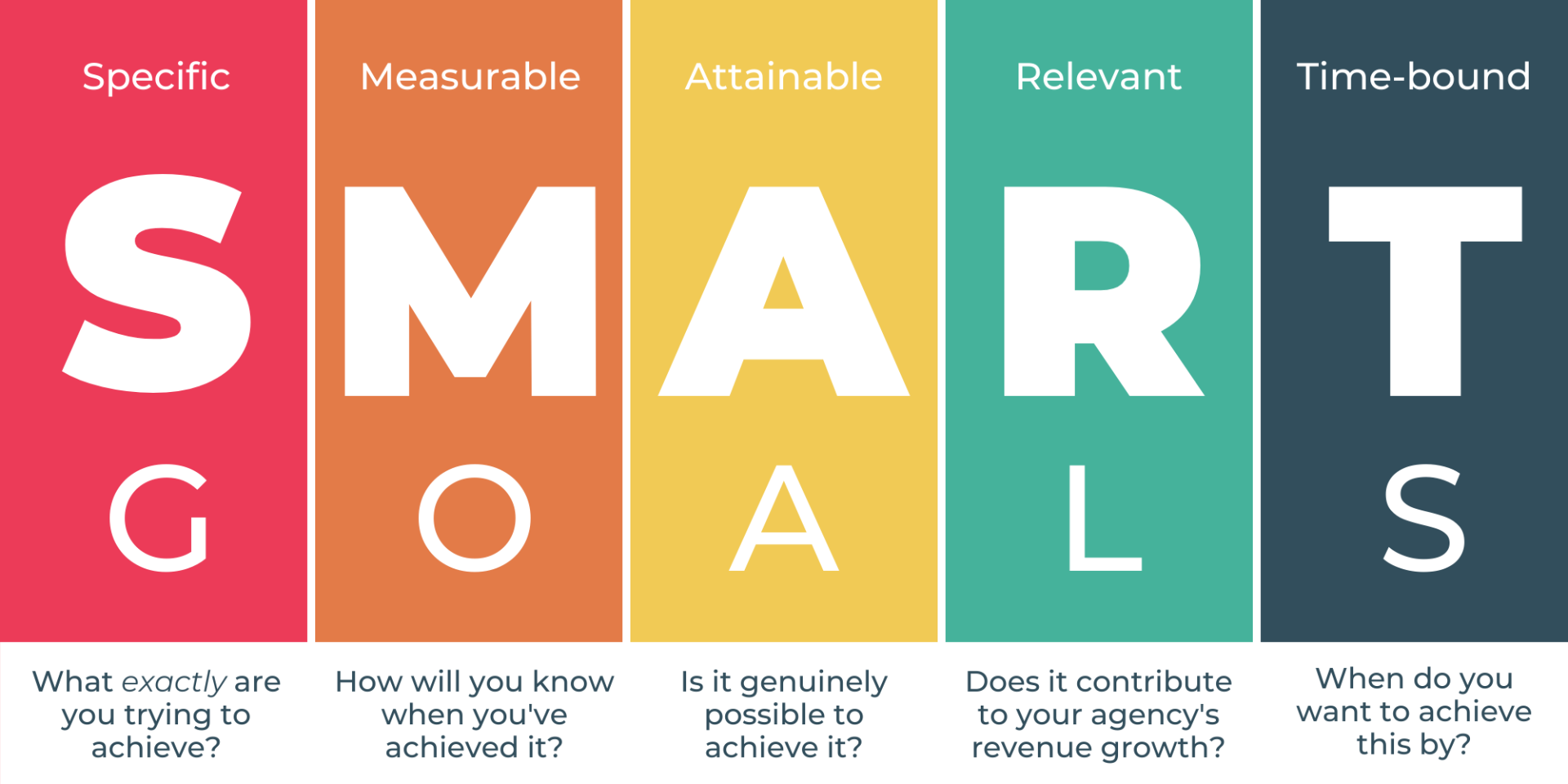11th April 2022
- Hours: 2
Participants
- 10
Education
- Next steps
- Reviewing goals and implementing longer term goals
- Self-Talk
- Positive self talk – saying you are useless doesn’t make you useless, it impedes your emotional wellbeing.
- Try and catch those moments where you aren’t being kind to yourself – ask yourself, ‘is this true?’ or ‘what could I say about myself instead
Exercise Class – CV circuits & Strength Training
CV Circuit
- Warm Up – 3 x 30s each exercise
- Marching on the spot
- Half Squats
- Arm Circles
- Chest Swings
- Torso Rotations
- Main Session 60 secs on, 30 secs rest x 3
- Body Weight Squat Thrusters into calf raise
- Walking with knee drive
- Side Step with Knee Lift
- Toe Taps
- Hands to toes > hands to sky with stability ball
- Warm Down – Static Stretches, 30 secs per muscle group
- Glutes
- Hamstrings
- Back
- Chest
- Shoulders
Strength Training
- Warm Up – CV of choice
- Main Session 3 sets of 8 reps
- Leg Exercise
- Leg Exercise
- Chest Exercise
- Back Exercise
- Back Exercise
- Core Exercise
- Optional: Arm/Shoulder Exercise
- Warm Down – Static Stretches, 30 secs per muscle group
- Glutes
- Hamstrings
- Back
- Chest
- Shoulders
Analysis & Evaluation
- Participants were given a rough structure to their workout and I was on the gym floor to provide help if they needed it. I was pleasantly surprised that most of the participants were content with the programme structure and could follow it easily. There were a few things I needed to help with, e.g. adjusting suspension straps, however, they all selected the appropriate exercises for each body part. All reported feeling confident that they could do that on their own again without help or support which highlights that they are ready to independently continue their journey.
Conclusion
- I have offered a final check-in for those who want additional help or a new programme to follow in the gym to ensure that they have an opportunity to ask any questions they may not have been comfortable addressing to the group.
Revisiting Reflection
References
